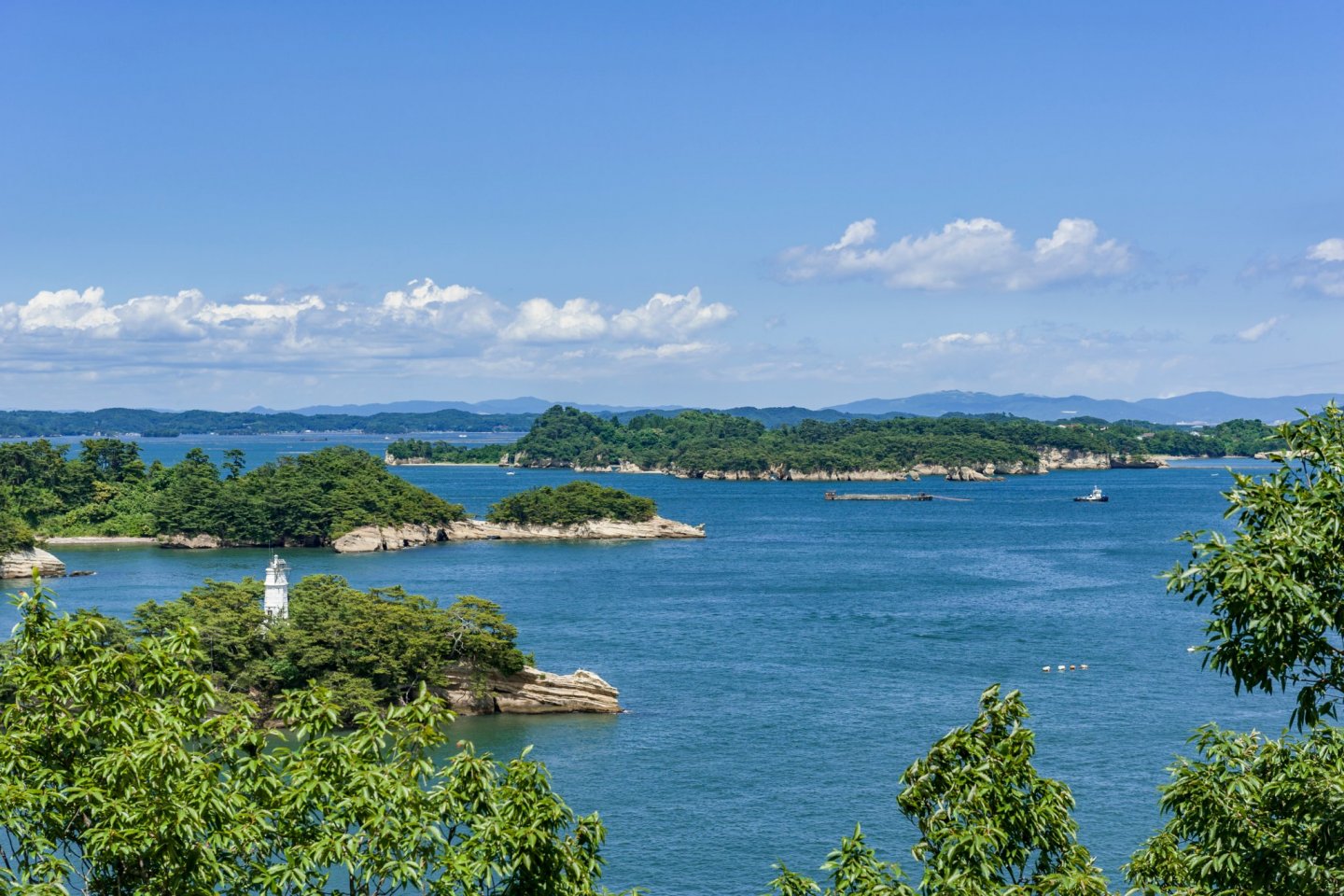

Matsushima
Beautiful in all seasons for all time
Things to do in Matsushima
Upcoming Matsushima Events

Matsushima Oyster Festival 2026
The Matsushima Oyster Festival (Kaki Matsuri) started over 40 years ago, and takes place in the peak of oyster season.
Where to eat in Matsushima

Matsushima Fish Market
Roger SmithMatsushima is famous for seafood but where can you find fresh seafood for affordable prices? Try the Matsushima Fish Market!
Places to stay in Matsushima

Matsushima Hotel Sohkan
Justin VelgusHotel Sohkan is a great hotel, especially for families, in Matsushima, Miyagi Prefecture. The four floor hotel comes with conf..

Uchi Guesthouse
Brian TakahashiUchi guesthouse is an amazing place to stay in Matsushima in Miyagi Prefecture. Not only are the prices significantly less than..
Latest Matsushima Reports
 14
14
The Mysterious Island of Oshima
Elena LisinaOshima is one of the many islands of Matsushima. With a nice bay, sandy beach, and walking trails with views of Matsushima Bay,..

Matsushima Kaigan Station
Elena LisinaMatsushima Kaigan is a station on the JR Senseki Line in Miyagi orefecture. It is quite a lively place with a lot of different shops,..
 8
8
Matsushima Bon Festival
Roger SmithThe Umi no Bon Festival is Matsushima's version of the summer time custom to remember ancestors and unite the community. The..



























